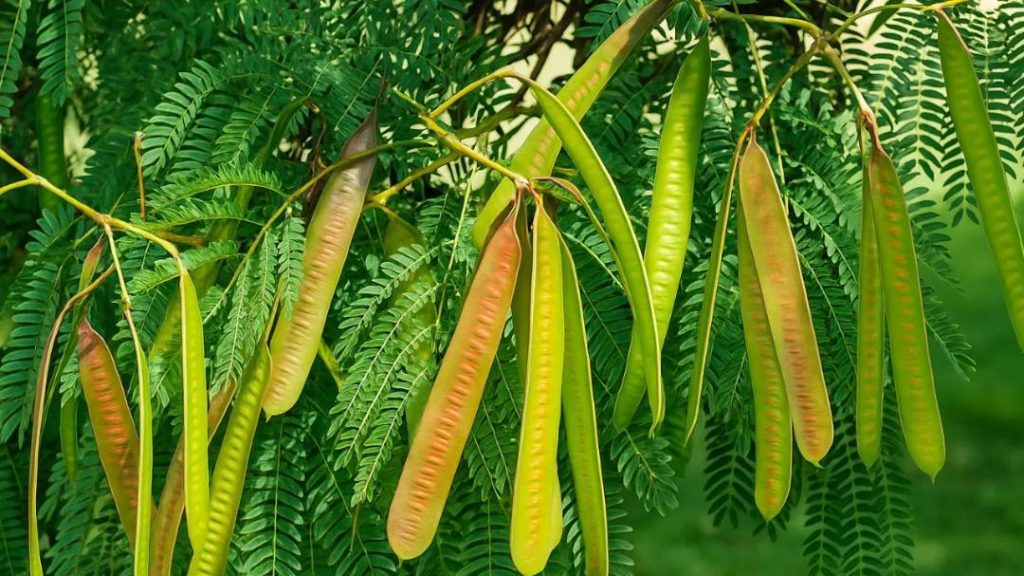
Why River Tamarind is the Best Green Manuring Crop?
In the quest for sustainable and eco-friendly farming practices, farmers are constantly on the lookout for innovative solutions to improve soil health, increase crop yields, and reduce environmental impact. One such solution that has gained significant attention in recent years is the use of river tamarind as a green manuring crop. In this blog post, we will explore the benefits of river tamarind and why it is considered one of the best green manuring crops.
What is River Tamarind?
River Tamarind, scientifically known as Leucaena leucocephala, is a fast-growing, thornless leguminous tree native to Central America. However, it is commonly found along the banks of the Ganges in India, where it has been naturalized for centuries. The tree is known for its rapid growth rate, ability to fix atmospheric nitrogen, and its tolerance to drought and poor soil conditions.
Benefits of River Tamarind as a Green Manuring Crop
So, why is river tamarind considered the best green manuring crop? Here are some of the benefits that make it an attractive option for farmers:
-
Fast Growth Rate: River tamarind has a fast growth rate, which means that it can be planted and harvested in a relatively short period of time. This is ideal for farmers who want to incorporate green manuring into their rotation schedule without sacrificing valuable growing time.
-
Nitrogen Fixation: As a leguminous tree, river tamarind has the ability to fix atmospheric nitrogen, making it a valuable addition to any soil. This natural process reduces the need for synthetic fertilizers, which can harm the environment and deplete soil health.
-
Soil Erosion Prevention: River tamarind has a deep root system that helps to prevent soil erosion and improve soil structure. This is particularly important in areas prone to landslides or soil degradation.
-
Weed Suppression: River tamarind has a natural ability to suppress weeds, reducing the need for herbicides and other chemical pesticides. This not only improves soil health but also reduces the environmental impact of farming practices.
-
Fodder for Livestock: River tamarind is a valuable source of fodder for livestock, providing a nutritious and protein-rich diet for animals. This can help to improve animal health and reduce the need for expensive feed supplements.
-
Improved Crop Yields: By incorporating river tamarind into your crop rotation, you can improve soil health and structure, leading to higher crop yields and better overall farm productivity.
-
Drought Tolerance: River tamarind is highly drought-tolerant, making it an ideal crop for areas with limited water resources. This reduces the need for irrigation and helps to conserve water for other crops.
How to Integrate River Tamarind into Your Farm
So, how can you integrate river tamarind into your farm? Here are a few tips to get you started:
-
Choose the Right Variety: Look for river tamarind varieties that are well-suited to your local climate and soil conditions.
-
Plant at the Right Time: Plant river tamarind in the spring or fall, when the weather is cooler and rainfall is more consistent.
-
Provide Adequate Water: River tamarind requires adequate water to grow, so make sure to provide it with a consistent supply of water.
-
Integrate with Other Crops: River tamarind can be incorporated into your crop rotation by planting it between rows of other crops. This helps to improve soil health and reduce pests and diseases.
-
Harvest at the Right Time: Harvest river tamarind when it is around 6-12 months old, depending on your specific variety and growing conditions.
Conclusion
In conclusion, river tamarind is an excellent green manuring crop that offers a range of benefits for farmers. Its fast growth rate, nitrogen fixation, and weed suppression capabilities make it an ideal addition to any farm. By incorporating river tamarind into your crop rotation, you can improve soil health, reduce environmental impact, and increase crop yields. Whether you’re a small-scale farmer or a large-scale agricultural operation, river tamarind is definitely worth considering.
News Source:






